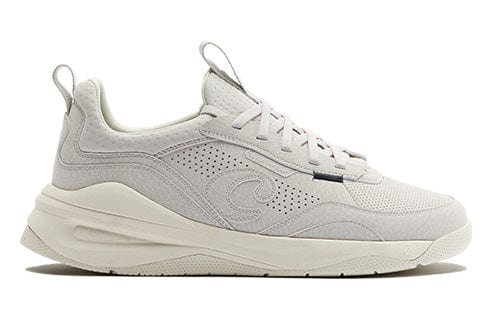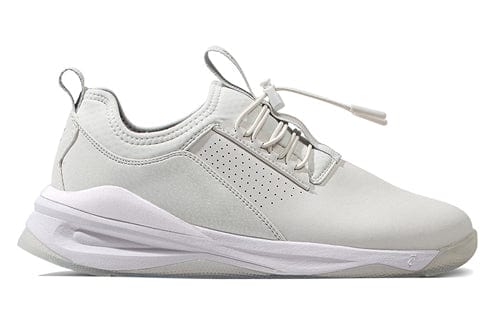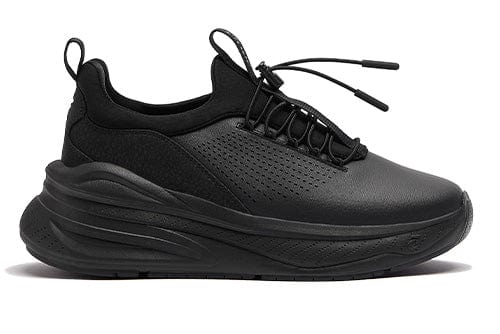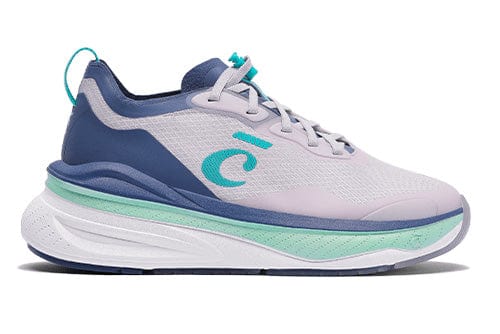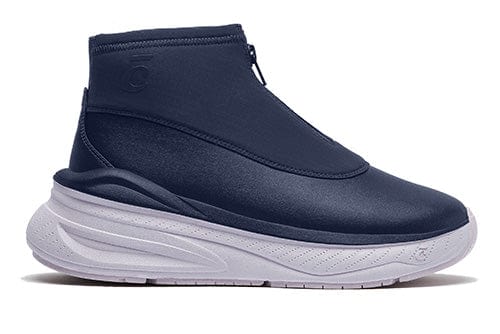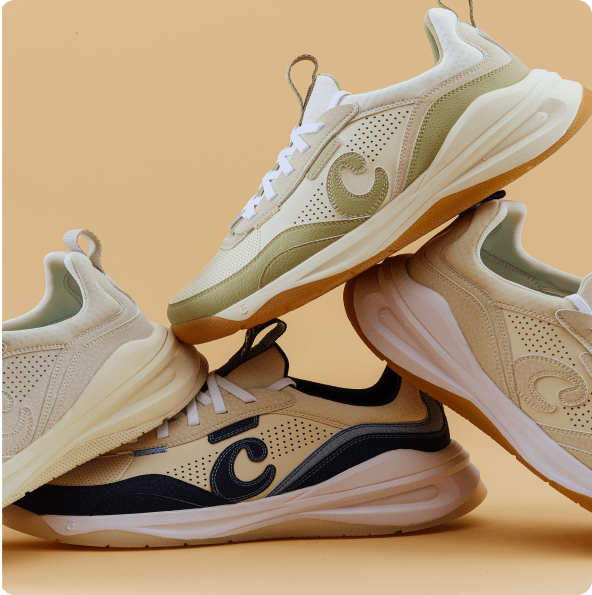How to Reduce Knee Pain While Walking
We all know that walking is one of the simplest and most beneficial forms of exercise. It’s an easy way to stay active, get the blood flowing, and clear the mind. But what happens when every step feels like a stab in the knee?
If you’ve ever thought, "Why do my knees hurt when I walk?", you’re not alone. Knee pain is a common issue that can range from a mild annoyance to a debilitating condition. But don’t worry—there are plenty of ways to ease sore knees and get back to enjoying your walks without wincing with every step.
Let’s explore the reasons behind knee pain and some actionable tips to reduce that discomfort. Whether you’ve been dealing with chronic knee pain for years or it’s something new, these strategies will help keep your knees in tip-top shape.
Why Do I Feel Knee Pain When Walking?
There are several reasons why your knees might scream at you after a long walk. Knee pain can stem from a range of issues, from simple overuse to more complex conditions like knee osteoarthritis. If you’re wondering "Why do my knees hurt after walking?" it is important to know the reasons.
Let’s break it down a little more to understand what can cause knee pain during walking:
- Poor Posture or Gait Issues: How you walk matters. If your posture or gait is off, you might be placing undue stress on your knees. Perhaps you’re unknowingly favoring one leg over the other, or your body alignment is slightly off, causing strain on the knee joint and quadriceps muscles. Over time, this can lead to chronic knee pain.
- Muscle Weakness: Weak leg muscles—particularly in the quads and hamstrings—can lead to instability in the knees. This instability can cause the knees to absorb more impact than they should, leading to pain or even injury.
- Injury or Previous Trauma: Maybe you had a knee injury years ago that didn’t heal properly. Old injuries, like a dislocated kneecap or cartilage tear, can leave your knee vulnerable, making even a casual stroll uncomfortable.
- Knee Osteoarthritis: As we age, the cartilage that cushions the knee joints starts to wear away. This can lead to knee OA (osteoarthritis), a condition where the lack of joint fluid and the thinning of cartilage can make walking painful. You may also notice some stiffness and posterior knee pain, especially after sitting for long periods.
- Overuse: Whether you're walking long distances or on uneven terrain, repetitive movement can wear down the joints and muscles in your knees. Over time, this overuse can cause knee damage or knee injuries that lead to pain.
These are just a few examples of what can cause knee pain, but the good news is there are ways to ease the discomfort and keep you moving.
How to Reduce Knee Pain While Walking
Now that we know some of the reasons behind knee pain, let’s explore some practical strategies to alleviate it. After all, walking should be enjoyable, not something you dread because of aching joints.
1. Stretch and Strengthen Your Muscles
Before you set off for your walk, take a few minutes to stretch. Stretching your quadriceps, hamstrings, and calves can help ease tension in the knees. Regular stretching is important to promote joint health and flexibility, which can reduce the impact on your knees as you walk.
Strengthening your leg muscles can also provide more support to your knees. Focus on exercises like squats, lunges, and leg presses to build strength in your quads, hamstrings, and glutes. When your muscles are strong, they can take on more of the load, reducing pressure on the knee joint.
2. Modify Your Walking Technique
Believe it or not, the way you walk can play a huge role in whether or not you experience knee pain. Make sure to:
- Maintain proper posture: Keep your back straight, shoulders relaxed, and core engaged. This helps to distribute your weight evenly and reduces strain on the knees.
- Take shorter strides: Long strides can increase the impact on your knees, especially if you're walking at a fast pace. Shorter strides are easier on the joints.
- Land on your heel, and roll through to your toes: This smooth walking motion helps absorb shock and reduces the pressure on your knees.
3. Choose the Right Shoes
You knew this was coming—your footwear matters! Wearing shoes that don’t provide enough support can contribute to knee problems. Shoes with poor cushioning or inadequate arch support can misalign your body, putting extra strain on your knees.
Clove sneakers are a great option for those who spend hours on their feet. They offer excellent support, are designed with comfort in mind, and come in a wide fit for those who need a little extra room. Choosing the right shoes for knee pain relief can make all the difference in your walking experience. If you're struggling with shoes for knee problems, it's worth considering an upgrade to something that will keep your feet (and knees) happy.
The Importance of Supportive Footwear for Knee Pain Relief
Improper footwear can have a cascading effect on your whole body, starting from your feet and making its way up to your knees, hips, and back. Shoes that don’t fit properly or lack the right support can cause misalignment in your posture and gait, leading to knee injuries, lower back pain, and even shoulder pain.
Here’s where Clove’s supportive walking shoes for men and shoes for women come into play. These shoes are designed specifically for people who are on their feet all day, offering superior cushioning and arch support. Whether you're a healthcare worker, teacher, or just someone who loves walking, Clove sneakers provide the perfect balance of comfort and style.
If you’ve been dealing with knee pain and suspect your shoes might be the culprit, it’s time to give your feet the support they need. Don’t let improper footwear stand in the way of pain-free walking.
Additional Tips for Managing Knee Pain
Beyond modifying your walking technique and upgrading your footwear, here are some additional tips on how to ease sore knees and keep your joints healthy:
- Use a Knee Brace: A knee brace can provide extra support and stability, especially if you have an existing knee injury or knee osteoarthritis. It helps distribute the load more evenly and reduces strain on the joint.
- Ice and Elevate: After a long walk, use ice packs to reduce inflammation and swelling in the knees. Elevating your legs can also help reduce any buildup of fluid in the joint.
- Physical Therapy: If your knee pain is persistent or severe, consider working with a physical therapist. They can guide you through exercises tailored to strengthen the muscles around your knees and improve flexibility, reducing pain over time.
- Stay Active: It might seem counterintuitive, but keeping your knees moving is essential for joint health. Avoid sitting for long periods, and try low-impact activities like swimming or cycling to keep your joints lubricated and mobile.
Intentional Steps Towards Knee Health
Knee pain doesn’t have to slow you down. By making small adjustments—like strengthening your muscles, improving your walking technique, and investing in the right footwear—you can significantly reduce the discomfort and enjoy pain-free walks. Remember, knee pain relief is possible, and it starts with taking intentional steps toward better knee health.
If you’re in need of supportive shoes that provide the comfort and stability your knees deserve, check out Clove sneakers. Your knees will thank you for it!
Sources:
- National Library of Medicine. Antalgic Gait in Adults. https://www.ncbi.nlm.nih.gov/books/NBK559243/
- Houston Methodist Leading Medicine. 5 Muscles To Stretch To Improve Your Knee Health. https://www.houstonmethodist.org/blog/articles/2020/aug/5-muscles-to-stretch-to-improve-your-knee-health/
- Penn Medicine. Kneecap Dislocation. https://www.pennmedicine.org/for-patients-and-visitors/patient-information/conditions-treated-a-to-z/kneecap-dislocation









